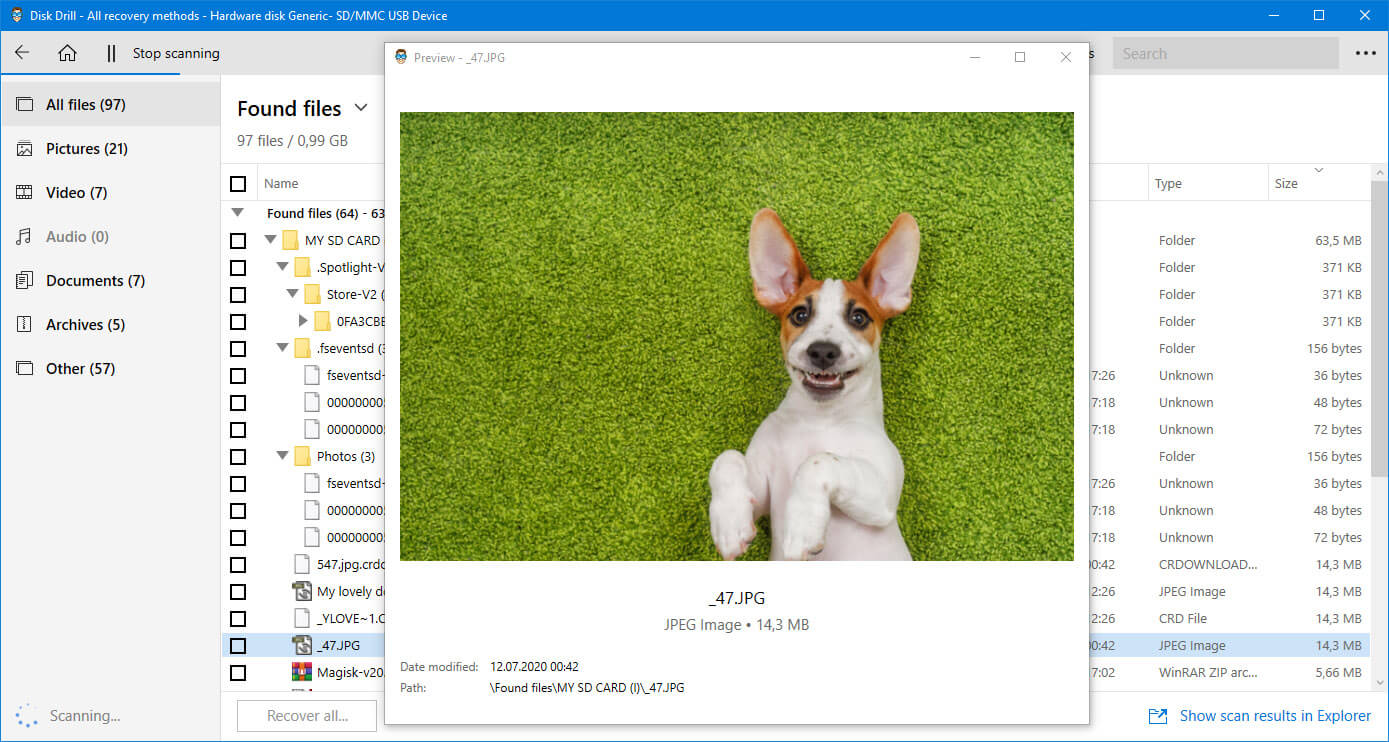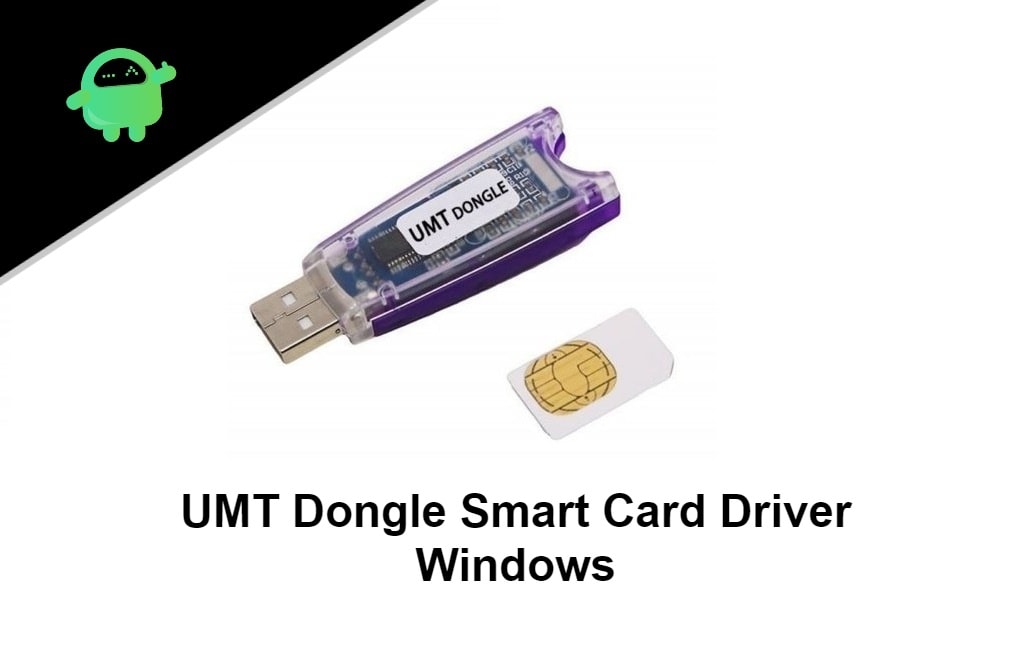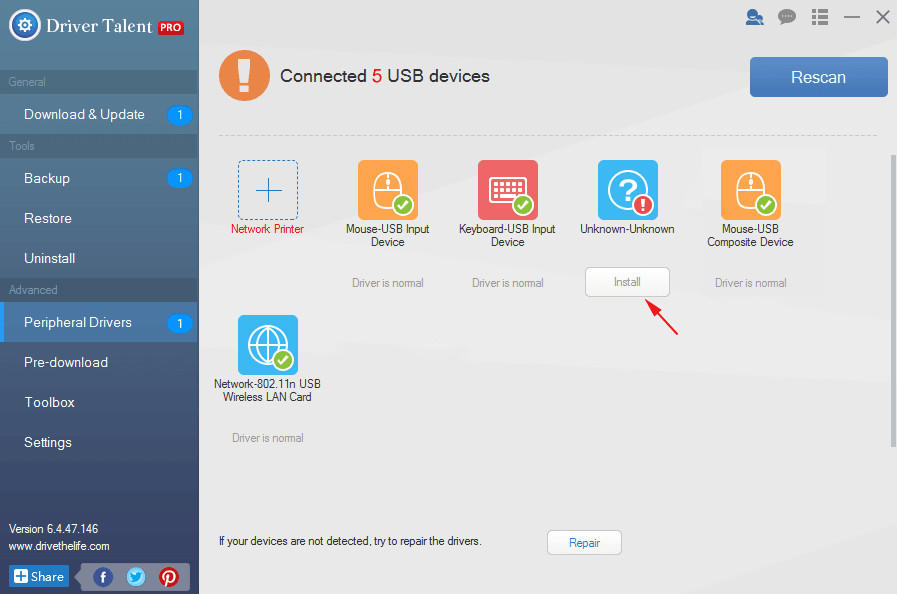Flash Card Driver Download For Windows
- Free Driver Downloads For Windows 10
- Adobe Flash Download Windows 7
- Flash Card Driver Download For Windows 10
This section provides installation information that is specific to smart card reader drivers for Microsoft Windows. Vendors that supply their own reader drivers should make each driver a member of the SmartCardReader setup class in the INF Version Section of the driver's INF file. Vendors must also add a section to properly configure the.
The package provides the installation files for Realtek USB 3.0 Card Reader Driver version 10.0.9. If the driver is already installed on your system, updating (overwrite-installing) may fix various issues, add new functions, or just upgrade to the available version. Download Sandisk HDD / SSD / NAS / USB Flash drivers, firmware, bios, tools, utilities. HP ENVY 17-k200 Touch SanDisk SSD Firmware X3511006 for Windows 7 64-bit 169 downloads. HDD / SSD / NAS / USB Flash Sandisk. Windows 7 64 bit. Dec 11th 2019, 19:47 GMT.
- Contents
- Windows 2000 Work Around for PC Card SRAM and Linear Flash
- Windows Readers for PCMCIA Linear Flash and SRAM PC Card Memory
- Windows XP Work Around for PC Card SRAM
- PCMCIA SRAM and Linear Flash PC Card Memory with Windows Server 2003
- PCMCIA SRAM and Linear Flash PC Card Memory with The Windows Vista
Windows 2000 Work Around for PC Card SRAM and Linear Flash
Updated August 30, 2001 Linear Flash and SRAM Cards do not come with drivers, it has always been the OS vendor's responsibility to include support for these devices. Unlike previous versions of Windows, the Linear Flash and SRAM drivers traditionally included on Windows distributions are not included with Windows 2000. The following information explains a work around to get Windows 2000 to recognize and use Linear Flash and SRAM Cards. Be certain Windows 2000 has been upgraded with at least Service Pack 1 and the host hardware supports PC Cards. OEM installed Windows 2000 should not exhibit problems, but systems upgraded from older Windows versions may need confirmation that their hardware is compatible.
Please note that Synchrotech provides this work around as a customer service and does not guarantee that will work with every system configuration.
- During the Windows 2000 hardware setup process choose Display a list of known drivers... instead of Search for a suitable driver...
- Select the category Memory technology driver
- Select the M-Systems DiskOnChip2000 driver from listed manufacturer M-Systems Flash Disk Pioneers
- Click Yes on the Update Driver Warning message, continue and click Finish to complete the setup process, click No from the restart Windows message
- Access the Device Manager and highlight M-Systems DiskOnChip2000 from the category Memory technology driver (it has the conflict symbol)
- Access the M-Systems DiskOnChip2000 and click Update Driver from the Driver tab
- Choose Display a list of known drivers... instead of Search for a suitable driver... when the options appear
- You should now have more default driver options, select the Centennial PCMCIA Memory Card driver from listed manufacturer Centennial Technologies, Inc. (other drivers may work, but the Centennial driver was used successfully in testing)
- Click Yes on the Update Driver Warning message, continue and click Finish to complete the setup process, click Ok from the properties window then Yes from the restart Windows message
- When Windows restarts, you should see a new drive letter and icon from 'My Computer' or Windows Explorer
If the work around doesn't work, please see Windows Readers for PCMCIA Linear Flash and SRAM PC Card Memory.
Windows Readers for PCMCIA Linear Flash and SRAM PC Card Memory

OMNIDriveUSB Pro and OMNIDrive Pro are external read-writers for PCMCIA Linear Flash, SRAM, and ATA Flash PC Cards. Their specialized software package allow Windows users to access, view, manipulate and even copy via binary images, the data on PCMCIA Memory PC Cards. For built-in PC Card slots, see our software page.
- OMNIDriveUSB2 LF
- USB 2.0 to PC Card Read-Writer 1-Slot for ATA Flash + SRAM + Linear Flash (OMNIDriveUSB2 LF) (ART0020711)
- OMNIDriveUSB2 LF provides a specialized hardware/software bundle allowing Windows to work with PCMCIA SRAM, Linear Flash, and ATA Flash PC Cards. 32-bit 98/98SE/Millennium Edition/2000/XP/Server 2003/Vista/7, 64-bit XP/Vista/7
- PCM-CR-U2EX-LF | Price: $519.00
- OMNIDriveUSB2 Pro
- PCM-CR-U2EX-SR
- USB 2.0 to PC Card Read-Writer 1 Slot ATA + SRAM OmniDrive
- The high speed PCM-CR-U2EX-SR provides a specialized hardware/software bundle which allows Windows systems to work with PCMCIA SRAM and ATA Flash PC Cards
- OMNIDrive Pro LF
- PCM-CR-P1EX3
- Parallel Port to PC Card Read-Writer 1 Slot + SRAM/Linear
- The PCM-CR-P1EX3 provides a specialized hardware/software bundle which allows Windows systems to work with PCMCIA SRAM, Linear Flash, and ATA Flash PC Cards
Windows XP Work Around for PC Card SRAM
Updated March 04, 2002 SRAM Cards do not come with drivers, it has always been the OS vendor's responsibility to include support for these devices. Unlike previous versions of Windows, SRAM drivers traditionally included on Windows distributions are not included with Windows XP. The following information explains a work around to get Windows XP to recognize and use Attributed PC Card SRAM. It does not seem to work with non-attributed cards. Be certain Windows XP is up to date with the latest Service Packs and the host hardware correctly supports PC Cards.
Please note that Synchrotech provides this work around as a customer service and does not guarantee that will work with every system configuration.
- Insert the SRAM card into the PC Card slot
- When the 'Hardware Wizard' appears, select 'Install from a list or specific location (advanced)'
- Click 'Next'
- Select 'Don't search I will choose the driver to install'
- Click 'Next'
- Scroll through the list of choice and select 'PCMCIA and Flash memory devices'
- Click 'Next'
- Double click 'generic' under the Manufacturer listing
- Select 'Generic PCMCIA Memory Card' from the Model listing
- Click 'Next'
- Click the 'Yes' button when the warning dialog appears, to dismiss it
- Click 'Finish' when the 'Completing the found new hardware wizard' dialog appears
If the work around doesn't work, or Linear Flash support is needed, please see Windows Readers for PCMCIA Linear Flash and SRAM PC Card Memory.
PCMCIA SRAM and Linear Flash PC Card Memory with Windows Server 2003

To utilize PCMCIA SRAM and Linear Flash PC Card Memory with Windows Server 2003, please see the USB models listed in Windows Readers for PCMCIA Linear Flash and SRAM PC Card Memory.
PCMCIA SRAM and Linear Flash PC Card Memory with The Windows Vista
Free Driver Downloads For Windows 10
To utilize PCMCIA PC Card Linear Flash and SRAM Memory with The Windows Vista, please see the USB models listed in Windows Readers for PCMCIA Linear Flash and SRAM PC Card Memory.
- PCMCIA Linear Flash
- Synchrotech Linear Flash
- See our extensive range of PCMCIA Linear Flash PC Cards
- Synchrotech offers AMD Series C, AMD Series C, Intel Series I, Intel Series II, and Intel Series II+. Other types are available for special order.
Adobe Flash Download Windows 7
- Software Packages
- PCMCIA Memory PC Card Software
- PCMCIA Memory Card software for use with laptop slots or PCI based card readers
- Provide Windows with various degrees of support for PCMCIA SRAM and Linear Flash PC Cards
NVIDIA NVFlash v5.590.0 / v5.414.0 (Windows / Linux) – used to flash the BIOS of a video card on Turing, Pascal and on all old NVIDIA cards. NVFlash supports BIOS flashing on NVIDIA video cards: GeForce RTX 2080 Ti, RTX 2080, RTX 2070, RTX 2060, GTX 1660, GTX 1650, GeForce GTX 1080 Ti, GTX 1080, GTX 1070, GTX 1060, GTX 1050 and much more, including including BIOS flashing on older NVIDIA graphics cards.

- IMPORTANT! Before flashing, back up your current video card BIOS using:
- To update the video card BIOS, use:
What do you need for firmware?
Before flashing an NVIDIA graphics card, find out its specifications and the installed BIOS version. This can be done using the program . You need information from the Graphics Card section.
- Device Model (“Name”);
- Its identifier (“Device ID”);
- Type, size and frequency of video memory (“Memory Type”. “Memory Size” and “Memory Clock”);
- Bus Width (“Bus Width”);
- Video adapter core frequency (“CPU Clock”);
- Current BIOS version (“Version BIOS”);
- Manufacturer (“Subvendor”). NVIDIA is not always listed there. She has many partners who create models of this brand – ASUS, Gigabyte, MSI, Palit.
The update is available only for a video adapter with one GPU. If there are two, the software installation may end poorly. Usually the quantity is indicated in the model name.
Before installation:
- Update NVIDIA drivers;
- Prepare a flash drive or memory card (needed to boot via DOS);
- Back up your old firmware. To do this, in the CPU-Z program, click on the button in the form of an arrow (it is next to the BIOS version), select “Save to file” and specify the path to the folder. So you can always go back to the previous version of the software.
Firmware via Windows
To reflash the BIOS of an NVIDIA video card in a Windows environment, you will need the NVFlash Win program. Different versions of the utility are designed for different chips. For example, NV4 is suitable for TNT video adapters, NV5 is suitable for TNT2, and GeForce 4 needs to be updated using NVFlash. Carefully read the description and instructions for the application before using it. It should indicate which model it is suitable for.


You can upgrade your NVIDIA graphics card like this:
- Unzip the archive with NVFlash and move its files to the root of the system drive (usually C: ).
- Copy the firmware rom file there. Remember its name. Or rename it. Use only Latin letters and numbers. Do not change the extension.
- Go to Start.
- Write “cmd” without quotes below in the input field.
- Right-click on the program that appears and select “As Administrator”. The command line will open. Through it, you need to update the BIOS of the NVIDIA video card.
- Right-click on the program that appears and select “As Administrator”. The command line will open. Through it, you need to update the BIOS of the NVIDIA video card.
- To find out the number of video processor processors, write “nvflash –list”.
- Type “nvflash –protectoff” (with two dashes and without quotation marks). And Enter again.
- To create a copy of the software installed on the graphics card (if you haven’t done it before), enter “nvflash -b bios.rom” (and Enter too). A new file will appear on the disk. This is the old BIOS firmware. You can return to it if you do not like another program.
- Type “nvflash newfirmware.rom” (with dashes and without quotes). Replace the word “Newfirmware” with the name of the firmware file. And press Enter again.
- The message “Update display adapter firmware? Press Y to confirm (any other key to abort). ” In the translation “Update the video card? Press Y to continue (or any other key to cancel). ” If you want to download the software, use the Y button (“game”) on the keyboard in the English layout.
- Installation takes a few seconds. When it ends, a beep will sound and an “Update successful” alert will appear.
- Reboot the computer.
- Check the result on CPU-Z. There should be a new version of BIOS.
The firmware of the NVIDIA graphics card is also possible through DOS. This is the operating system with which they interact using commands. To go to it from Windows, you need a boot disk or flash drive. You can create it using the Rufus program.
Flash Card Driver Download For Windows 10
- Search the Internet, download and run it.
- Insert a flash drive into the USB port. It should not have any data.
- Select it in the “Device” drop-down list.
- In “File system” set “FAT32”.
- Check “Create a bootable disk using”. In the list next to it, select “MS-DOS.”
- Click “Start.” The program will format the media and create a boot sector on it.
Then copy the NVFlash files, the old and the new Firmware to the same flash drive. The old one is needed so that it can be restored from the same media.
Flashing an NVIDIA graphics card through DOS is suitable for advanced PC users. If you have not started the computer from bootable disks or drives before, it is better to use the previous method.
First, change the boot order so that the OS starts from external media.
Recommended Related Articles:
Read more:
